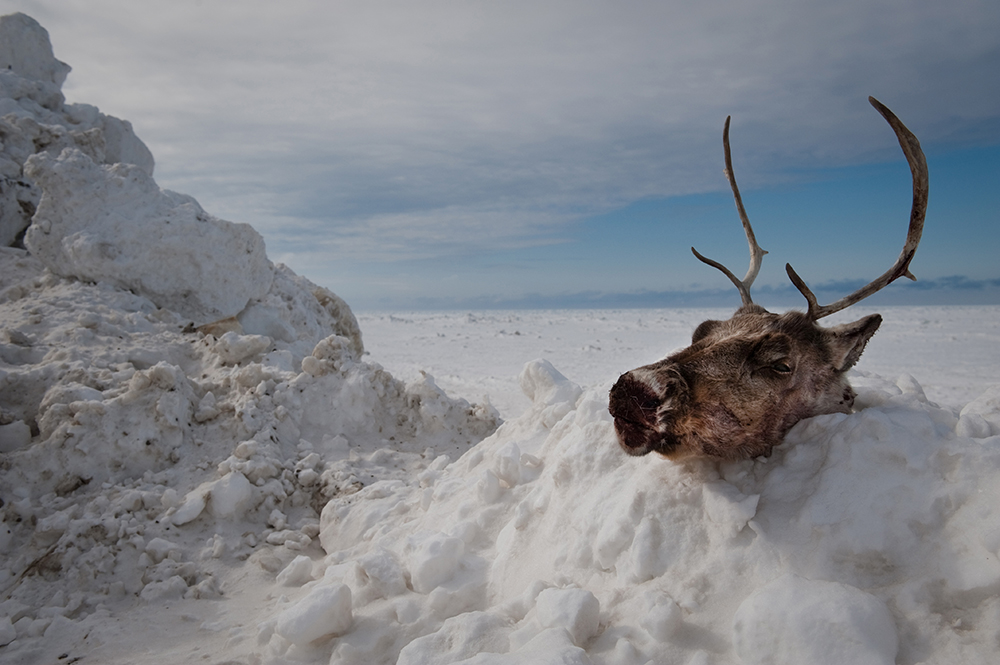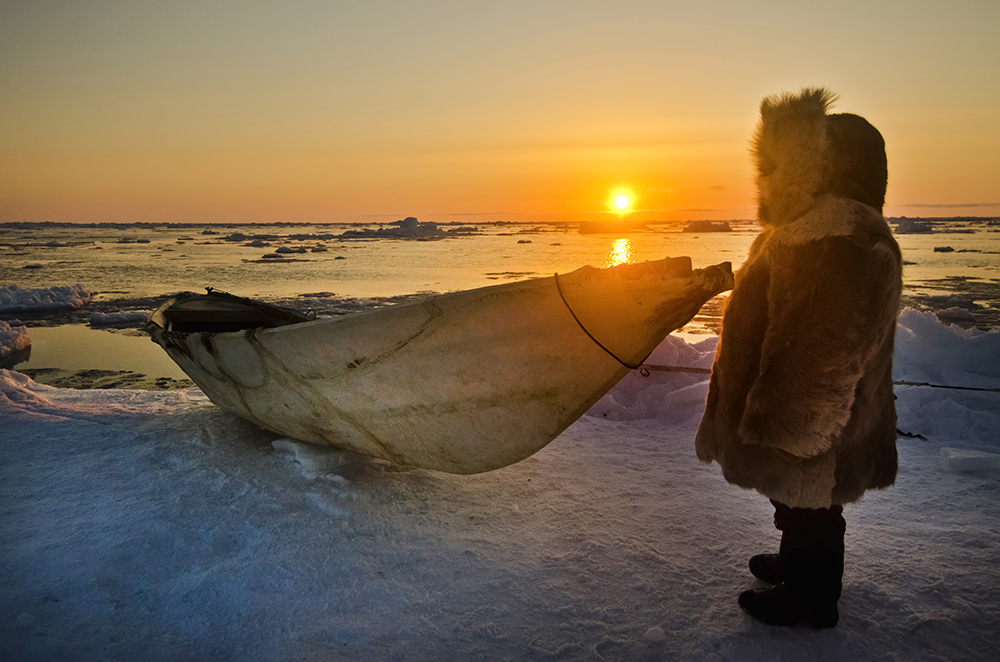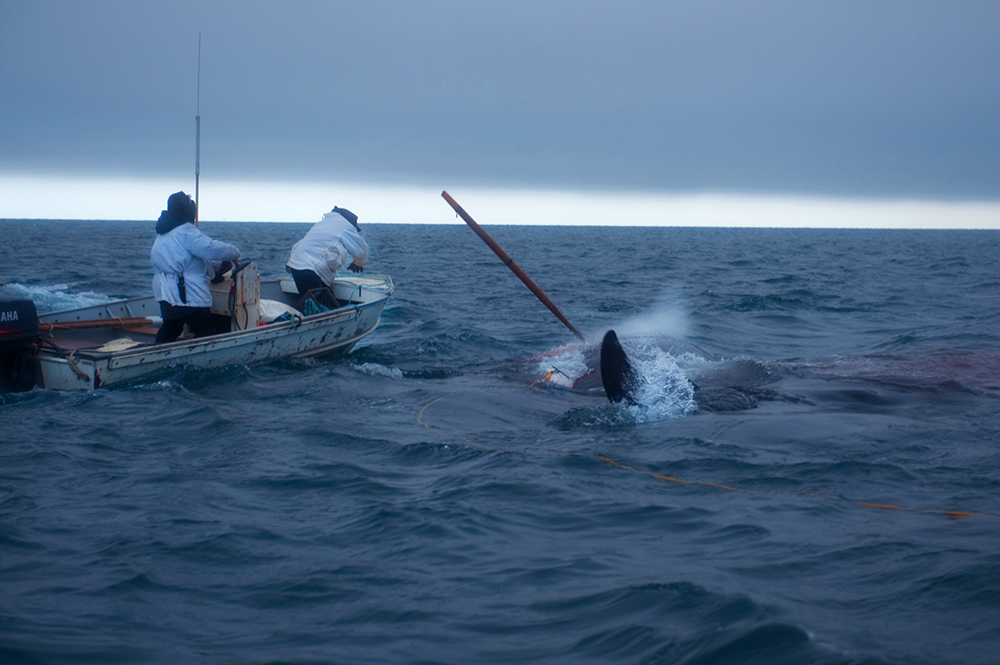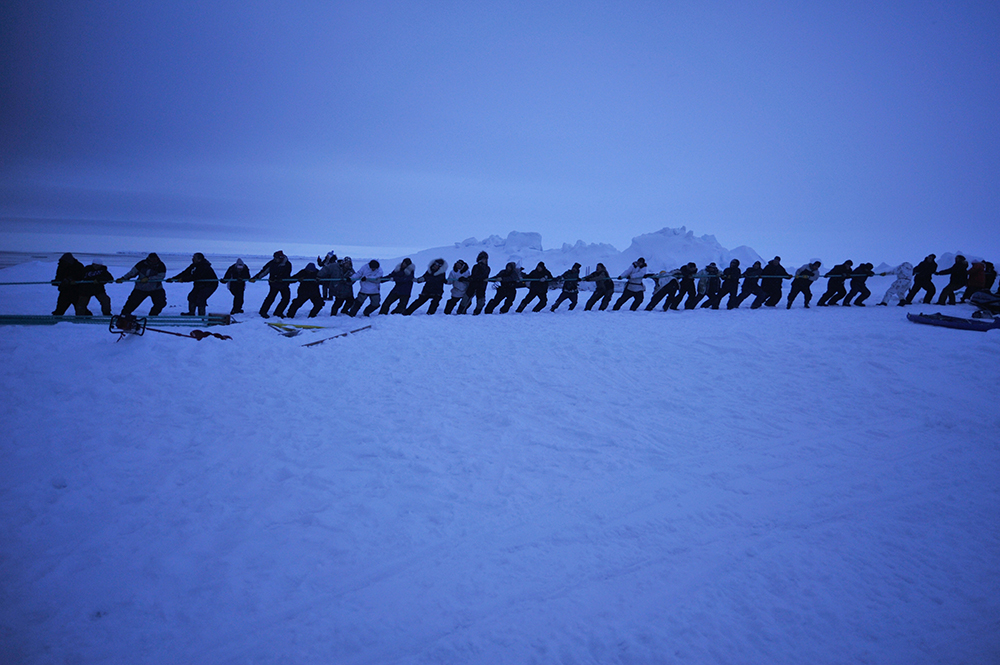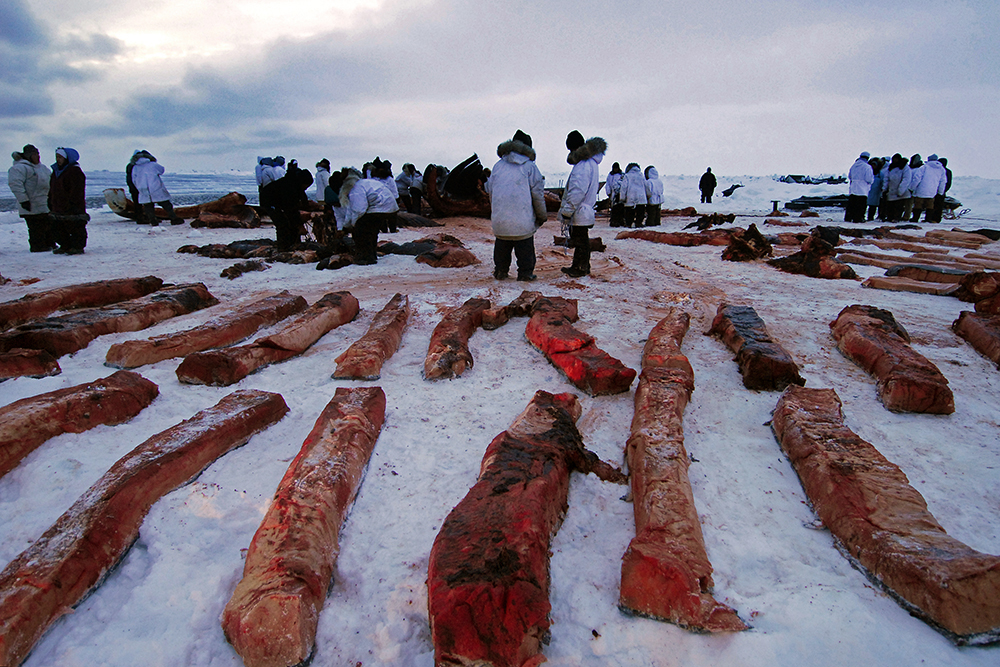CompanyMidnightSun Photo
ClientLuciana Whitaker
CreditsCOLLECTIONS
• Alaska Contemporary Art Bank. 2013
• Ukpeagvik Iñupiat Corporation (Washington D.C.). Twenty photographs. 2012.
• Smithsonian Arctic Studies Center (Anchorage, Alaska). Sharing Knowledge Exhibit, Iñupiaq community, 2009
• Iñupiat Heritage Center (Barrow, Alaska). 300 images. 2002
• Ukpeagvik Iñupiat Corporation (Anchorage, Alaska). Twenty photographs. 2008
• North-Slope Borough, Public Works Department (Barrow, Alaska). 20 images. 2007
SELECTED EXHIBITS
• As Donas da Bola. Women involved in Brazil’s soccer culture, São Paulo, Brazil, 2014.
• A New Image of Latin America. Photojournalism, 1st place, Argentina, 2013.
• Earth Through a Lens, Museum of Photographic Arts, San Diego, 2012
• Women’s Works 2012 25thAnniversary Show. Woodstock, Illimois, USA.,March 2012..
• Bergson Equivalents. Atelir da Imagem, Rio de Janeiro, Brazil, Dec 2011.
• Michael H. Kellicut International Photo Show, USA, 2011
• Living Our Cultures, Sharing Our Heritage: The First Peoples of Alaska. Smithsonian Arctic Studies Center, Anchorage Museum, Alaska, April 2010
• People of Whaling. Solo photo exhibit at Iñupiat Heritage Center Museum, Barrow, Alaska, USA, 2004-2009
• Whale Hunters. Solo exhibit, Museu da Republica, Rio de Janeiro, Brazil, 2007
• Quonset Huts: Metal Living for a Modern Age. Anchorage Museum of History and Art, USA, 2005-2006.
• Down of the 21st Century: The Millennium Photo Project. International traveling exhibition, 2000.
• FINEP Salon of Photojournalism 1995. National Photojournalism, FINEP Gallery , Rio, Brazil, 1996.
• II Biennial of Photography in São Paulo. National Photojournalism, Ibirapuera, São Paulo, Brazil, 1995.
• Photographic Retrospective 1993. Best Pictures of the Year from the Photographers of Folha de S. Paulo -West Plaza Shopping - São Paulo, Brazil, 1994.
SELECTED PUBLICATIONS
• Ojo de Pez Magazine n˚ 27. Spain, 2012
• International Photo Awards 2011. Catalogue, New York, 2011
• Living Our Cultures, The First Peoples of Alaska. Smithsonian Books, 2010
• 11 anos no Alasca / 11 Years in Alaska. Text and pictures. Ediouro, Brazil, 2008.
• America at Home. DK Publishing, 2007.
• America 24/7 e Alaska 24/7. DK Publishing, 2004.
• Down of the 21st Century: The Millennium Photo Project. Smashing Books!, Canada, 2000.
• Pilgallasiñiq Ivalupianik/Learning to Braid “Real” Thread. Ilisagvik College and Iñupiaq History, Language and Culture Commission, 2000
SELECTED AWARDS
• International Photography Awards (USA), professional, Envirnonmental, 2011
• Michael H. Kellicut International Photo Show (USA), 2011
• Trasatlántica PhotoEspaña 2011. Selected photographer, 2010
• The Millennium Photo Project (Canada). Judge’s Award Photo, 2000.
• Best of Photography Annual (USA). Honorable Mention, 1997.
• FINEP Salon of Photojournalism (Brazil). 1995.
• Exxon Award of Journalism / Prêmio Esso (Brazil)., 1994.
• Folha de S. Paulo Award of Journalism (Brazil). Best Picture Published ,1993.
• Nikon International Contest (Japan). Color Photography, 1991/1992.
• Coca-Cola Award, ROCK IN RIO II, Best Picture, 1991.
EDUCATION
• Yale University - Photo Criticism by Tod Papageorge, Connecticut, USA,1989.
• International Center of Photography - New York City, USA - 1987/ 1988.
• School of Visual Arts - NYC, USA,1988.
• Pontifícia Universidade Católica, PUC - Rio, Brazil. Baccalaureate, 1986.
PhotographerCOLLECTIONS
• Alaska Contemporary Art Bank. ...
PrizeBronze in Press / Nature/Environmental
Entry DescriptionPEOPLE OF WHALING: On the northernmost point of the continental Americas lays a small
native village of 4000 people, where the Iñupiaq camp on the Arctic Ocean ice every spring
to hunt for Bowhead whales on wood-framed rowing boats covered with seal skins, sewn by
the women. This is a subsistence hunt that dates to antiquity and is limited to a quota,
based on whale population census. The pod is growing. The Iñupiaq connection to the
natural resources is essential to the community sense of identity. Whaling is the foremost
way where they express this connection because of the hunt’s communal nature and the whale
sharing. Hunting is vital not only to the body, but to the culture and its preservation.
The Iñupiaq is taught not to deplete their renewable resources, but to treat land and sea
as their garden. They are an example of sustainable community but are threatened by
climate change. Their garden is melting.
They are hunters who clean their ice cellars before every whaling season and leave unused
parts of some old hunt on the ice for the bears, foxes and birds to feast on. They camp on
the edge of the ice like their ancestors did hundreds of years ago. They harpoon from the
small native rowing skin boat and finish the chase with a small motorboat. They cooperate
with each other on the hunt, on pulling the whale up on the ice and butchering it. Nothing
is sold; nothing is wasted; only shared between each and everyone that helped.
About PhotographerLuciana Whitaker has never let boundaries get in her way. Graduated in Visual Communication in Rio, photographed for NY Newsday, worked as photo editor at Brazil's largest daily and lived with Iñupiaq Eskimos for 10 ys in Alaska, documenting sustainable whaling. Whitaker shoots for news and corporate clients in US, Europe and Brazil. Her photography is featured at the Smithsonian, Iñupiat Heritage Center and Alaska Contemporary Art Bank. In 2013 she took first prize in photojournalism for Latin America and in 2015 was part of Photo España. Whitaker was Photo Manager in the Rio 2016 Olympics.
